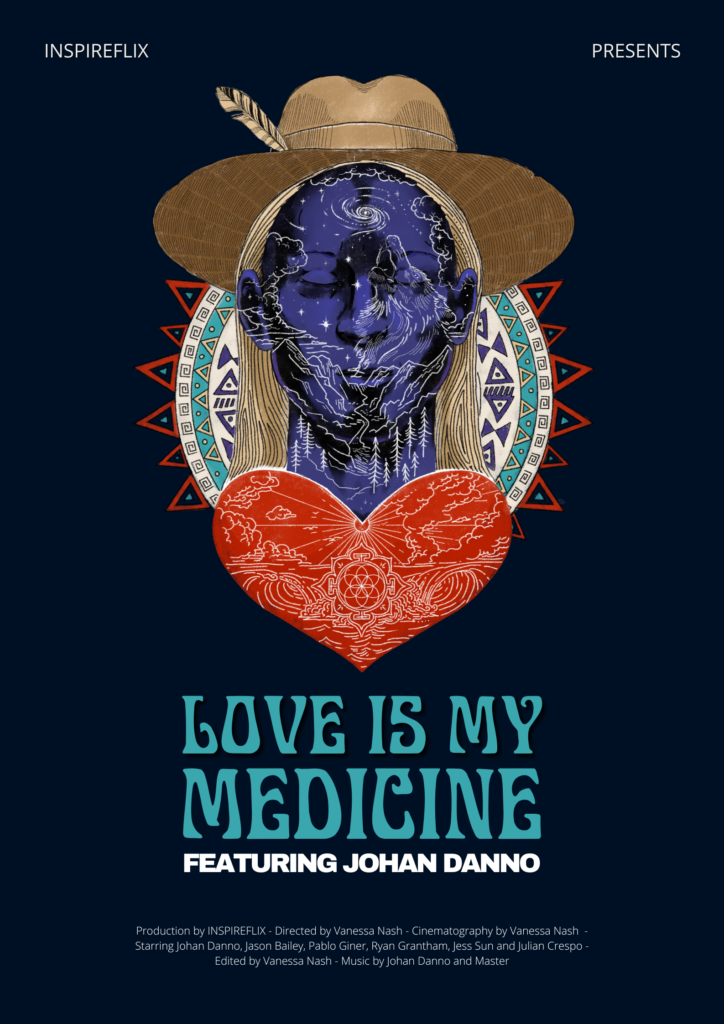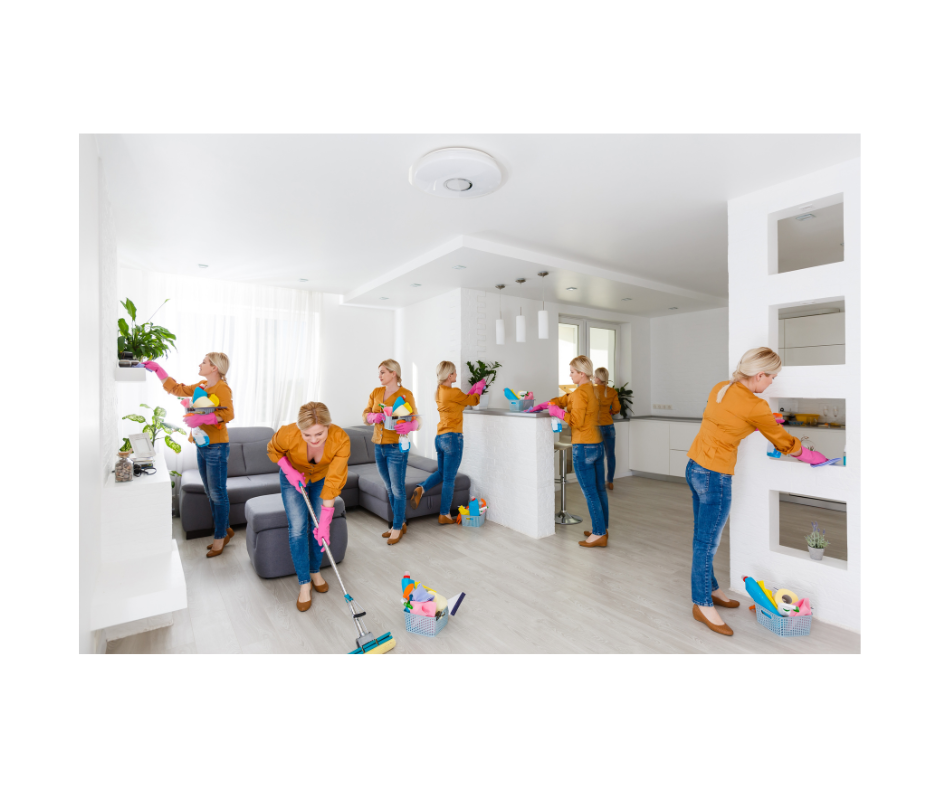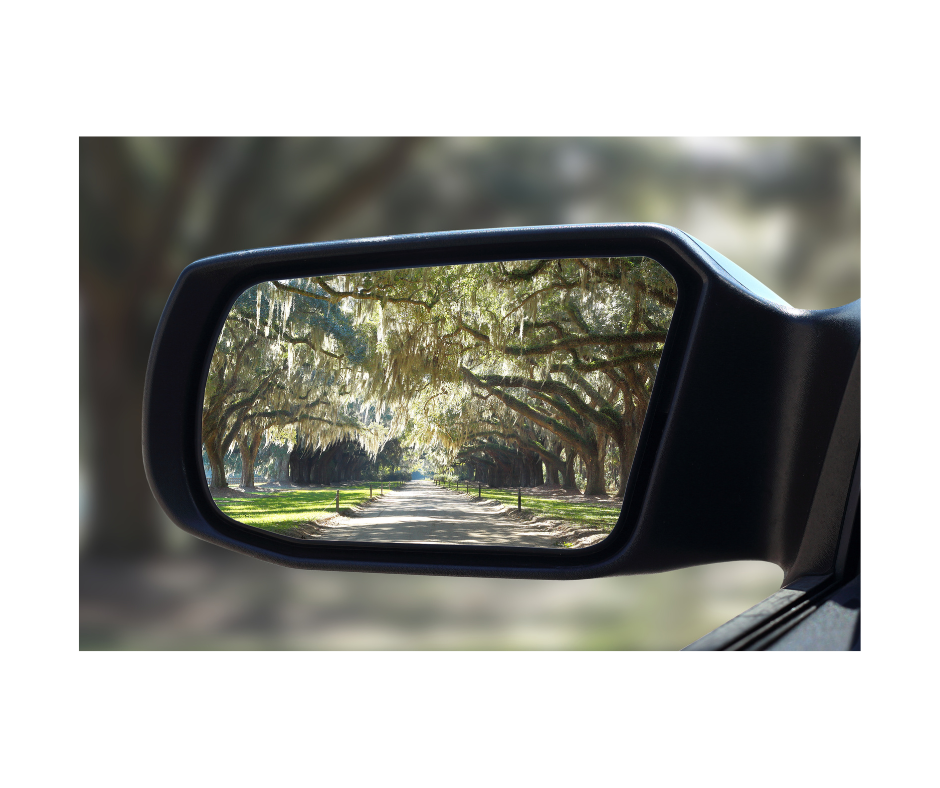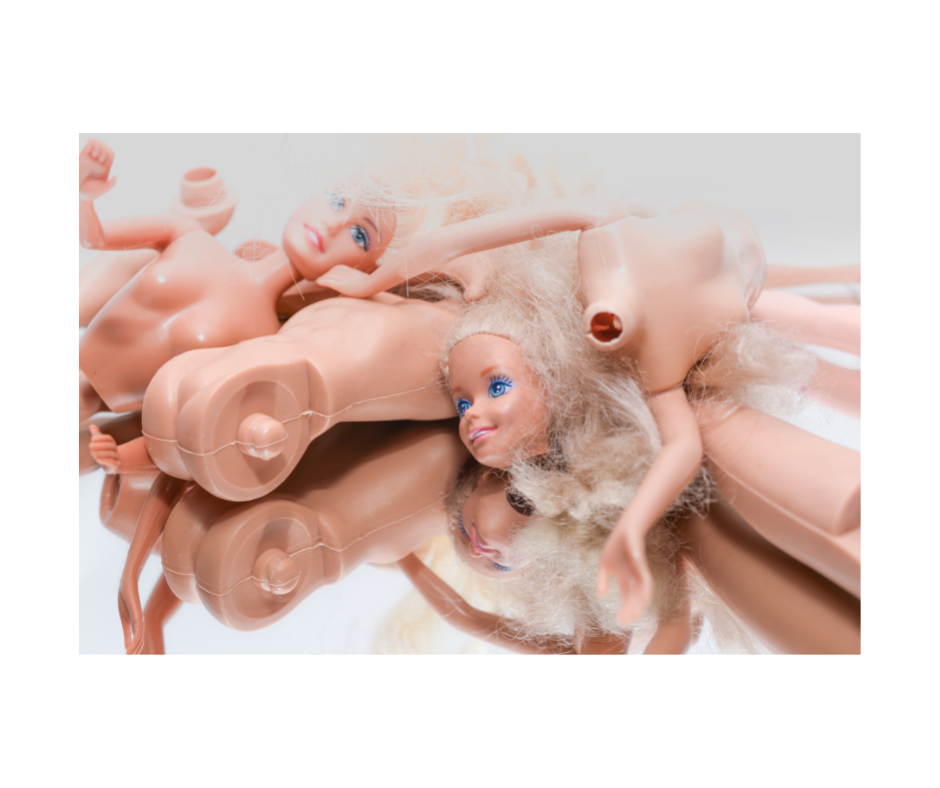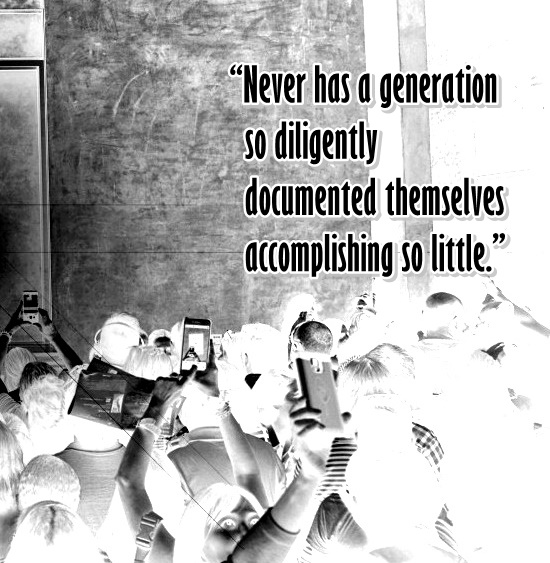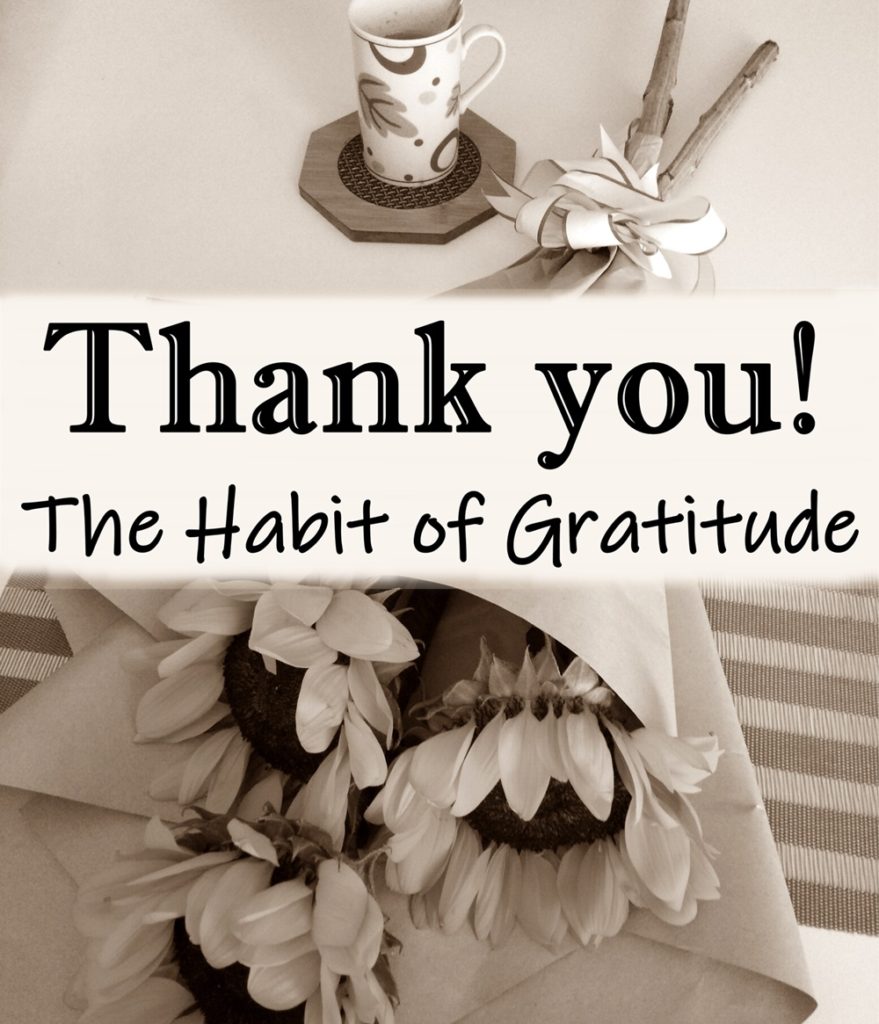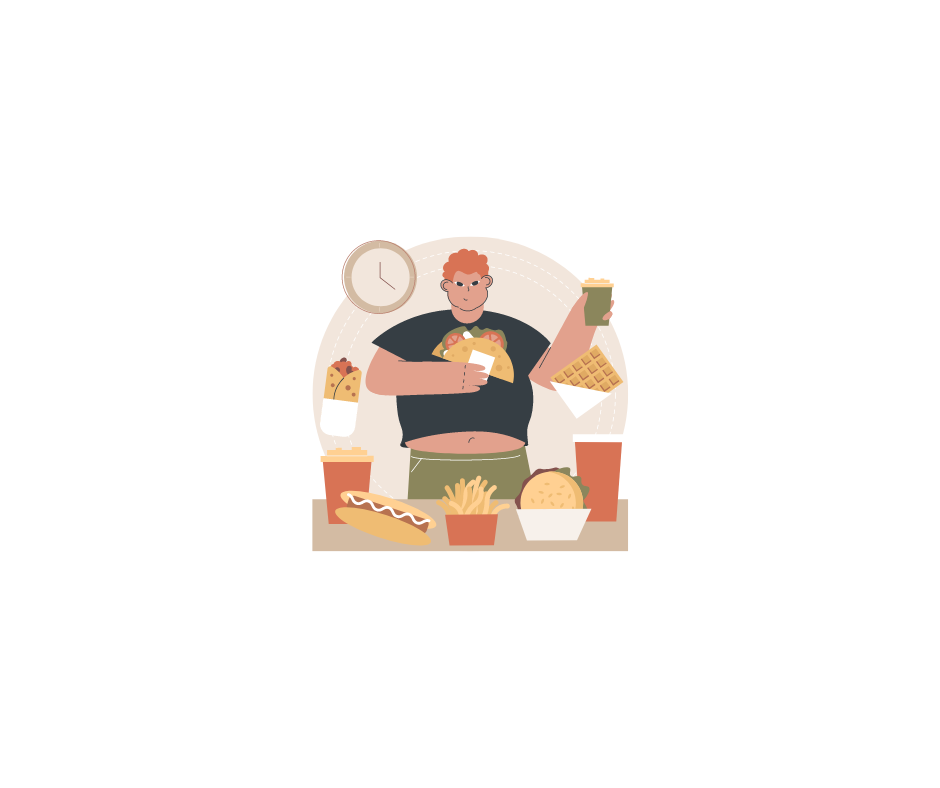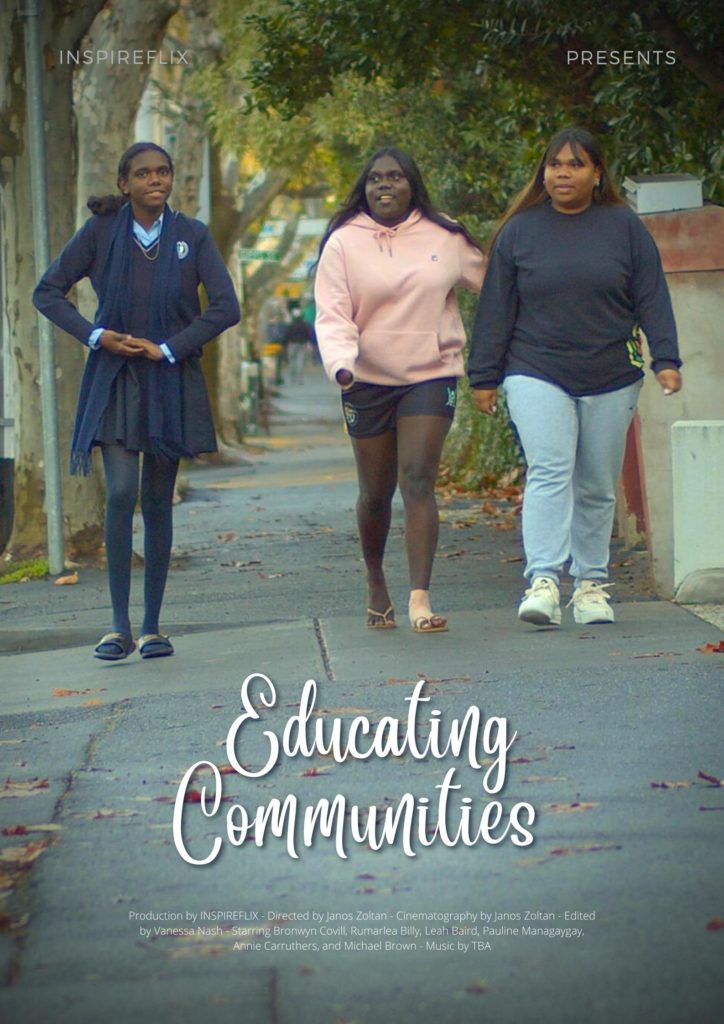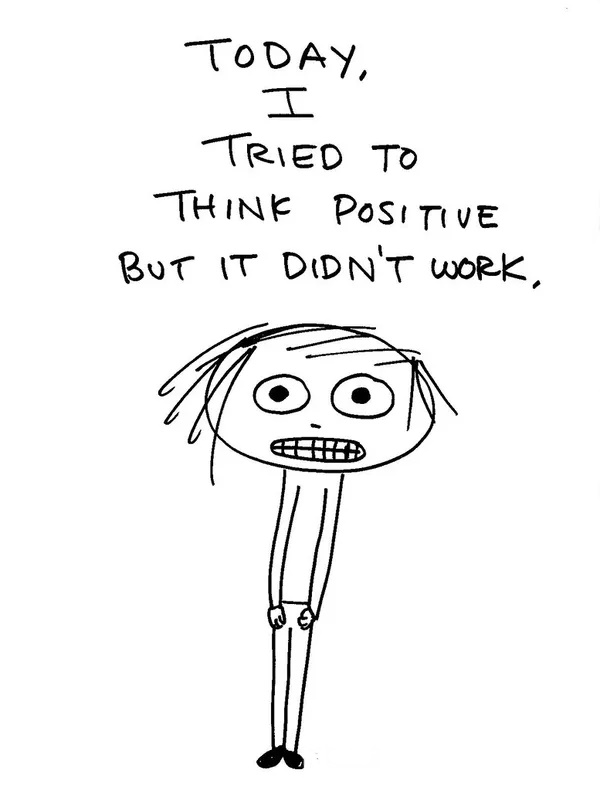Love is My Medicine
Johan Danno has lived a life most dreamed of. Selling everything after college and leaving on a one-way ticket to Australia at 22, Johan left South Florida with a degree in marketing, IT, partying, surfing and music. Rising to the top as an IT consultant in the corporate world, a series of highs and lows personified in a moment that changed his life and inspired him to quit his career to become a travelling musician & songwriter.
Setting out chasing his dreams, Johan went from love to heartbreak, and from empty bars to packed shows with stages. A positive and happy face, his battles within and in private at times would rip him to shreds… until his work with plant medicines, meditation and spirituality, became his medicine for his anxiety, depression, and reason to create music.
Using breakdowns to inspire breakthroughs, it was performing and living on the road out of a suitcase meeting people from rich and successful, to liars and drug dealers, Johan discovered what connects us all, and the richness life has to offer when the journey matters more than the destination. It’s the unexpected turns. The moments shared with others we feel that is how we guide the ego, feed the soul, and bring light to keep us through our darkest moments.
Join us on a tale of an artist and poet in the truest sense, telling stories where passion, ambition, talent, anxiety, hope and depression cross into an inspiring journey told authentically. Vulnerable. Real insights from what it takes to chase your dreams, befriend your demons, and discover how to travel the distance from your head to your heart.
Love is My Medicine Read More »

